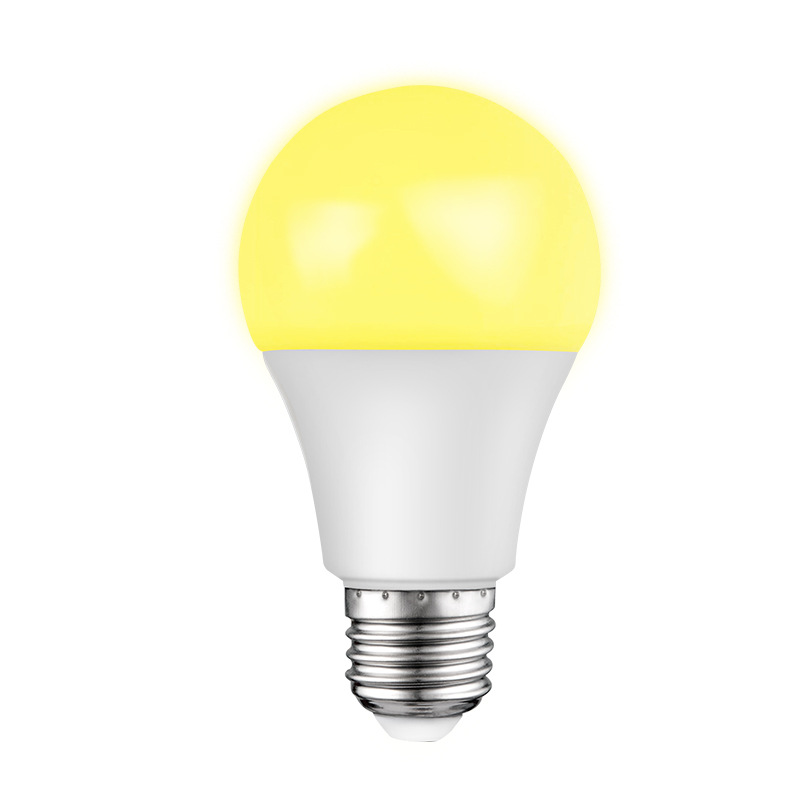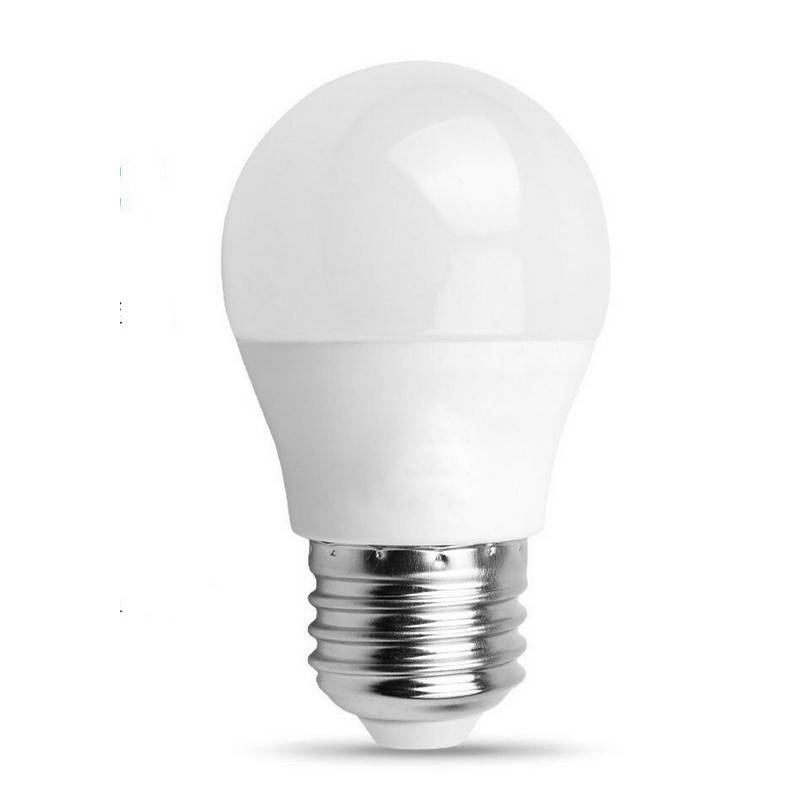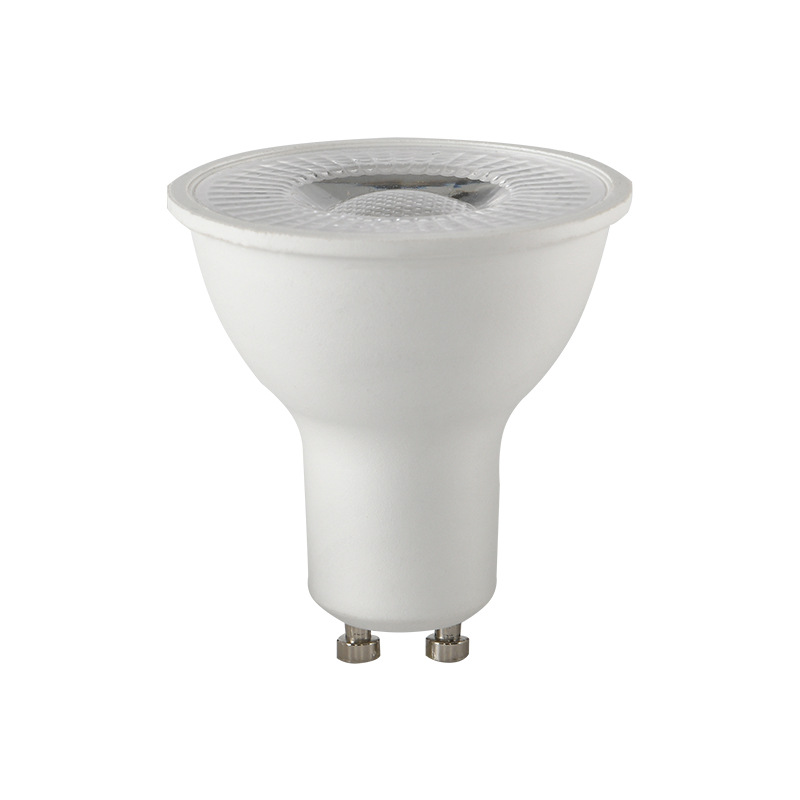Comprehensive Guide to LED Color Temperature and Brightness Adjustment: From Basic Principles to Smart Control
I.
Scientific Principles of Color Temperature and LED Applications
1.1 What
is Color Temperature?
Color temperature is a key indicator for describing
the characteristics of a light source, measured in Kelvin (K). It is used to
measure how closely the color of a light source matches the radiation color of
an ideal black body at a specific temperature. Simply put:
- Low color temperature
(2700K - 3500K): Warm white, similar to the light at sunset, can create a warm and
comfortable atmosphere.
- Medium color temperature
(3500K - 5000K): Natural white, similar to the sunlight at noon, is suitable for
work and study scenarios.
- High color temperature
(5000K - 6500K): Cool white, like the daylight on an overcast day, helps to enhance
concentration.
1.2
Principles of LED Color Temperature Adjustment
Modern LEDs mainly achieve color temperature
adjustment through the following three core technologies:
- Dual-color LED mixing
technology: Integrate warm white (2700K) and cool white (6500K) LED chips
together. By independently controlling the brightness of the two types of
chips, continuous color temperature adjustment from 2700K to 6500K can be
achieved.
- Multi-channel phosphor
technology: The blue chip excites different phosphors (such as yellow, red, and
green). By adjusting the proportion of the phosphors, the final light
color can be changed.
- RGB three-primary-color
mixing technology: Precisely adjust the proportions of red, green,
and blue LEDs to achieve the widest color gamut adjustment, which can
change not only the color but also the color temperature.
II. Core
Technologies for LED Brightness Control
2.1 PWM
Dimming Principle
Pulse Width Modulation (PWM) is the mainstream LED
brightness control technology. Its working principle is to quickly switch the
LED on and off (with a frequency usually between 200Hz and 20kHz), and adjust
the brightness by changing the on-off time ratio of the LED. This technology
has the following significant advantages:
- The efficiency exceeds
95%.
- There is no color shift
during dimming.
- It supports a wide-range
brightness adjustment from 0.1% to 100%.
2.2
Constant Current Dimming Technologies
- Analog dimming: Directly adjust the
driving current (generally between 20mA and 350mA). This method is simple
and reliable but has relatively low efficiency.
- Digital dimming: Combine the PWM
technology with current adjustment to achieve more precise brightness
control.
III.
Implementation of Smart Lighting Systems
3.1
Hardware Architecture
The core components of a smart lighting system
include:
- Multi-color-temperature
LED modules
- High-precision driver
chips (such as TLC5971 from Texas Instruments)
- Microcontrollers (such as
ESP32, NRF52832)
- Wireless modules (Wi-Fi,
Bluetooth, Zigbee, etc.)
3.2
Smart Control Functions
- Scene modes: For example, the
reading mode (4000K, 80% brightness), the cinema mode (3000K, 30%
brightness), and the morning wake-up mode (the color temperature gradually
transitions from 2700K to 5000K).
- Adaptation to the human
body's biological clock: Automatically adjust the lighting according to the
human body's biological clock and reduce the blue light output at night.
- Voice/APP control: Compatible with
mainstream smart home platforms, supporting remote adjustment and timing
settings.
IV.
Selection and Application Guide
4.1
Recommendations for Home Lighting
|
Space |
Recommended
Color Temperature |
Brightness
Requirement |
Special
Requirements |
|
Bedroom |
2700 - 3500K |
50 - 100lx |
Smooth dimming |
|
Study |
4000 - 5000K |
300 - 500lx |
High color
rendering index (>90) |
|
Kitchen |
3500 - 4500K |
200 - 300lx |
Waterproof and
oil-proof |
4.2
Frequently Asked Questions
- Question: Why does the LED
sometimes flicker during dimming?
Answer: It is usually caused by a too low PWM frequency (<200Hz) or an unstable power supply. It is recommended to choose products with high-frequency dimming. - Question: How can I verify the
accuracy of the LED color temperature?
Answer: You can use a professional color temperature meter or compare it with products from well-known brands. - Question: How long is the service
life of a smart LED bulb?
Answer: High-quality products can have a service life of more than 25,000 hours. Calculated according to normal usage frequency, it can be used for about 10 years.
V.
Future Development Trends
- Full-spectrum healthy
lighting: Simulate the natural light spectrum, reduce harmful blue light, and
be more beneficial to human health.
- Standardization of the
Matter protocol: Solve the compatibility problems among smart home devices and
achieve seamless cross-platform control.
- Miniaturization and
integration: Integrate the driving circuit and the LED, reduce the product
volume while improving the efficiency.
Understanding these core technologies of LED dimming
and color temperature control can not only help consumers make more informed
decisions when choosing lighting products but also enable professionals to keep
up with the industry development trends in a timely manner. Smart lighting is
evolving from simple brightness adjustment to healthier and more human-oriented
solutions, which will profoundly affect our living and working environments in
the future.
 Blue Light and Sleep Disruption: Risks and Solutions with Low-Blue-Light Bulbs
Blue Light and Sleep Disruption: Risks and Solutions with Low-Blue-Light Bulbs
 The Ultimate Guide to Professional LED Lighting: From Core Parameters to Industry Applications
The Ultimate Guide to Professional LED Lighting: From Core Parameters to Industry Applications



